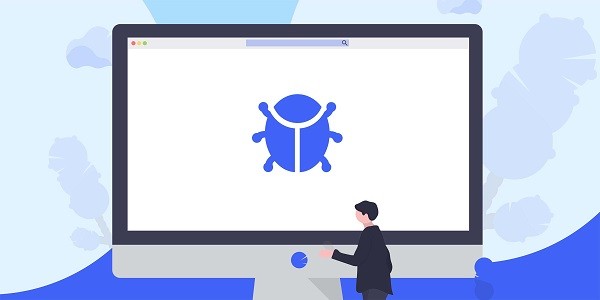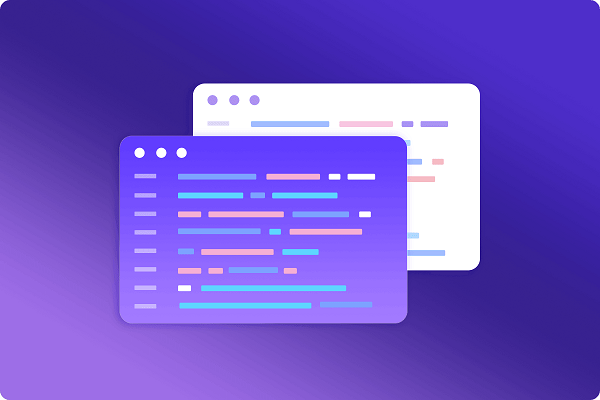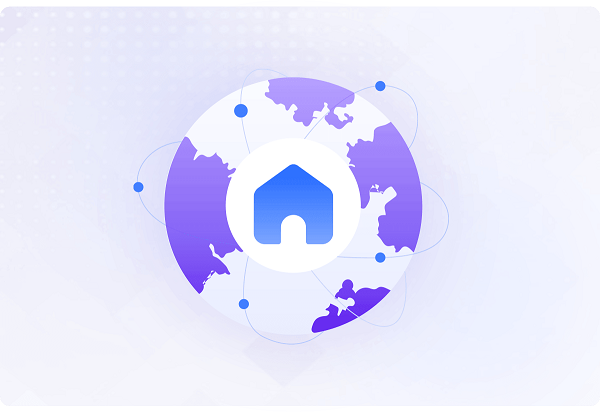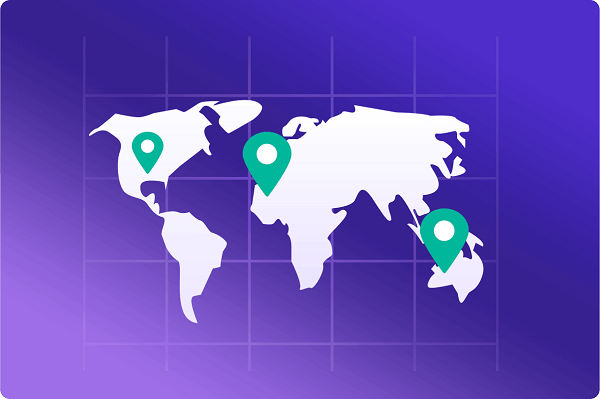This article analyzes the definition, core technical principles and application scenarios of Amazon seller crawlers, and combines the product features of IP2world, an proxy IP service provider, to explore how to improve data collection efficiency and security through tool selection.1. Definition and core value of Amazon seller crawlerAmazon Seller Crawler is an automated program that batch-grabs Amazon product pages, comments, rankings and other public data by simulating user behavior or directly calling platform interfaces. Its core value lies in helping sellers quickly obtain market trends, competitive product dynamics, user feedback and other information, and providing data support for product selection optimization, pricing strategies and advertising.As a proxy IP service provider, IP2world provides dynamic residential proxies, static ISP proxies and other products that can provide stable network environment support for Amazon seller crawlers and avoid technical limitations in the data collection process.2. How Amazon Seller Crawler Works2.1 Data Capture LogicThe crawler program parses the Amazon page structure (such as HTML tags, API interfaces), locates the target data fields (price, inventory, ratings, etc.), and periodically updates the data to the local database.2.2 Anti-climbing mechanism response strategyAmazon platform usually limits crawler access through technologies such as IP detection and behavioral fingerprint analysis. For example, high-frequency requests from a single IP may trigger a ban mechanism. In this case, a distributed proxy IP pool should be used to rotate the access source to reduce the probability of interception.3. Typical application scenarios of Amazon seller crawlers3.1 Competitive product price monitoringTrack price fluctuations of similar products in real time and dynamically adjust your own pricing strategy to maintain competitiveness.3.2 User Comment AnalysisCount high-frequency keywords and sentiment trends to uncover consumers’ core demands for product features and logistics services.3.3 Advertising OptimizationAnalyze competitor ads’ delivery time periods, keyword rankings, and display frequencies to optimize advertising budget allocation.4. Key technologies for achieving efficient data collection4.1 IP rotation and camouflage technologyUse dynamic residential proxy IP (such as IP2world's dynamic residential proxy service) to simulate the real user's geographic location and network environment to avoid being identified as machine traffic by the platform.4.2 Request frequency controlSet a reasonable request interval (5-10 seconds/time is recommended) and combine it with a random delay algorithm to reduce the risk of triggering anti-crawling rules.4.3 Data Cleaning and StructuringThrough regular expressions and natural language processing (NLP) technology, raw text data is converted into a standardized format that can be analyzed.5. Proxy IP service selection logic5.1 Advantages of Dynamic Residential ProxyDynamic IP pools can automatically change IP addresses and are suitable for scenarios that require high anonymity. For example, IP2world's dynamic residential proxy covers tens of millions of residential IPs around the world and supports on-demand switching.5.2 Applicable Scenarios of Static ISP ProxyFor monitoring tasks that require long-term stable IP addresses (such as daily price records), static ISP proxies can provide fixed IP addresses to avoid frequent login verification.5.3 The complementary role of data center proxyIn tasks with extremely large amounts of data and low timeliness requirements, data center proxies can serve as auxiliary resources due to their high bandwidth and low cost.6. Collaborative application of tool chainData collection layer: Use Scrapy, Selenium and other frameworks to build crawler programsProxy management layer: Integrate IP2world API to achieve automatic IP switchingData storage layer: MySQL, MongoDB store raw dataAnalysis layer: Tableau, Python Pandas to generate visual reportsAs a professional proxy IP service provider, IP2world provides a variety of high-quality proxy IP products, including dynamic residential proxy, static ISP proxy, exclusive data center proxy, S5 proxy and unlimited servers, suitable for a variety of application scenarios. If you are looking for a reliable proxy IP service, welcome to visit IP2world official website for more details.
2025-03-03





